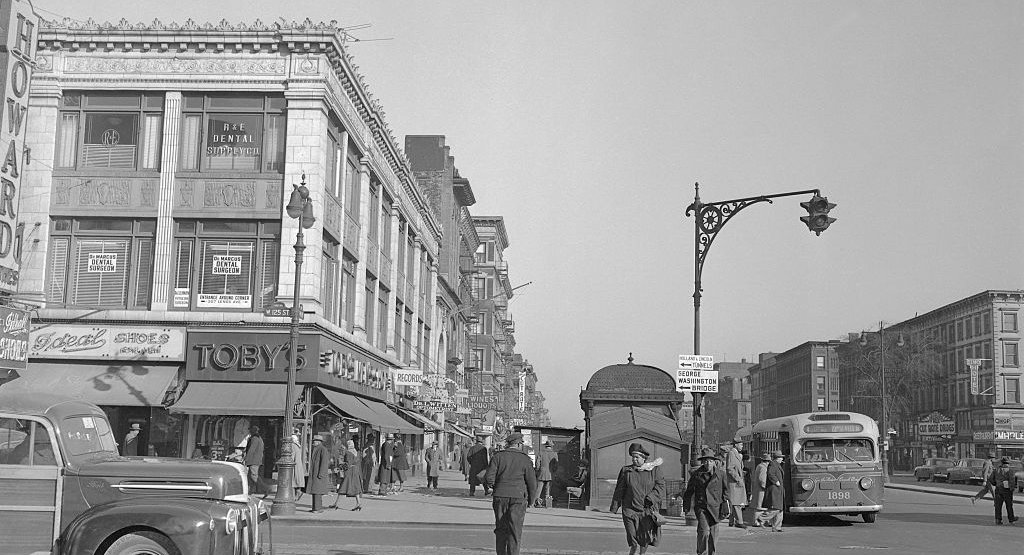Carver Bank, a financial lifeline to Black consumers and businesses in New York City for 75 years, has been through it.
Last year, Michael T. Pugh ended his well-reviewed run as president and CEO of the Harlem-based institution, which has long been billed as one of the country’s largest African American-operated banks.
His departure came as banking faced a time of uncertainty, with many small and regional banks folding or struggling to stay afloat due in part to poor risk management and lax oversight. Bank officials said the search for Pugh’s successor continues.
Carver, which has just seven branches and $732 million in assets as of March 2023, has faced challenges before, including Jim Crow, multiple wars, the Civil Rights Movement, redlining and the COVID-19 pandemic. But after 75 years, the institution faces new hurdles and a daunting landscape.
Lloyd Doaman, the executive director of Carver’s Community Development Corporation, discussed the bank’s essential past and future in an interview.
He said persistent problems — including the racial wealth gap, African American entrepreneurs’ struggles to get funding, and the need for banks to develop trust with Black banking customers — help justify the continuing need for institutions like Carver. He described the bank as “community-driven” and said it was formed to serve African American and Caribbean residents, businesses and institutions who have had limited access to mainstream financial services.
Here’s more from our conversation with Doaman.
Carver was founded in 1948, the same year the military was desegregated but also the year the Dixiecrat Party was formed to preserve racial segregation. What can you tell us about the conditions that led to the formation of the bank?
Back in 1948 and before that, it was very difficult for African Americans and Caribbean Americans just to get basic banking services, such as opening a checking and savings account, getting a mortgage to purchase a home or even getting a…
Read the full article here

Leave a Reply